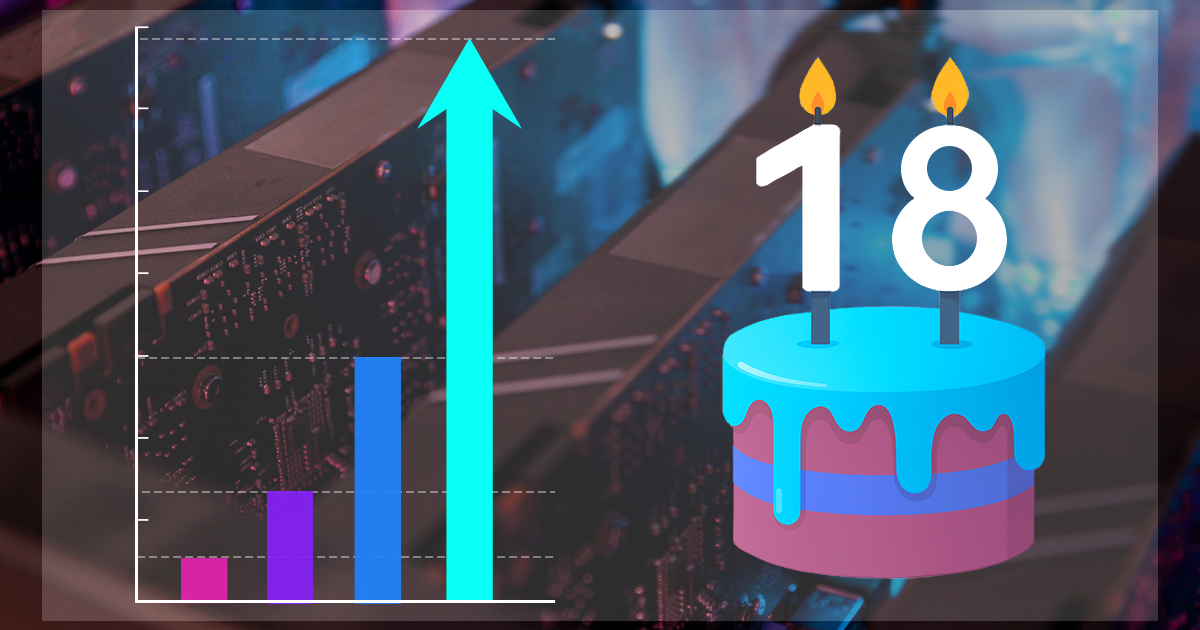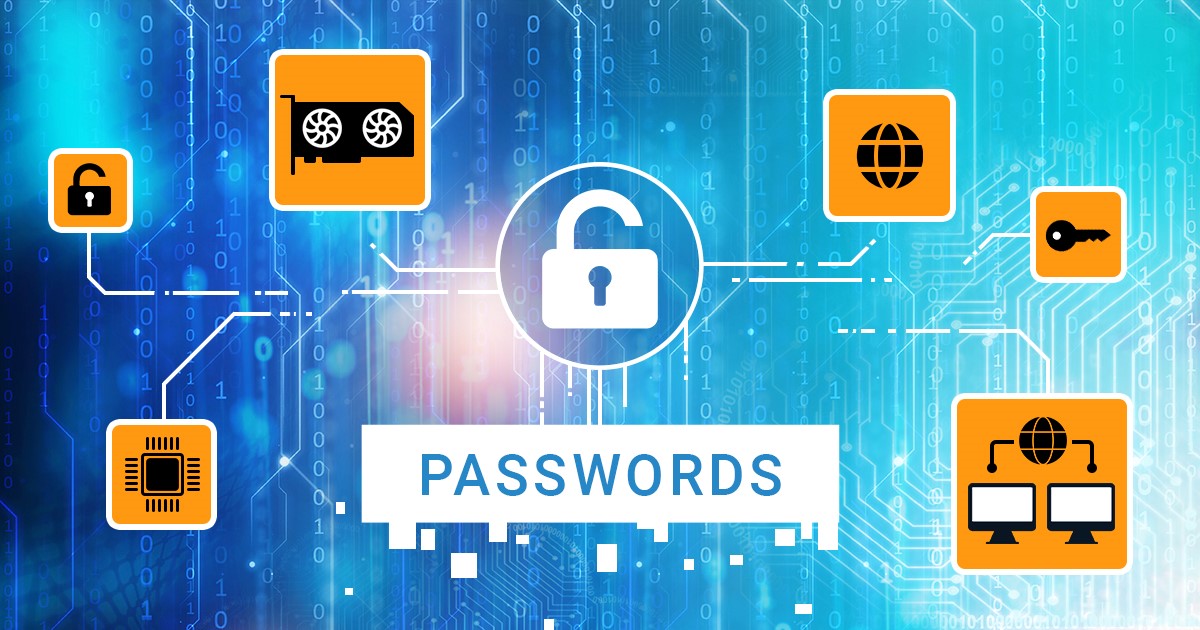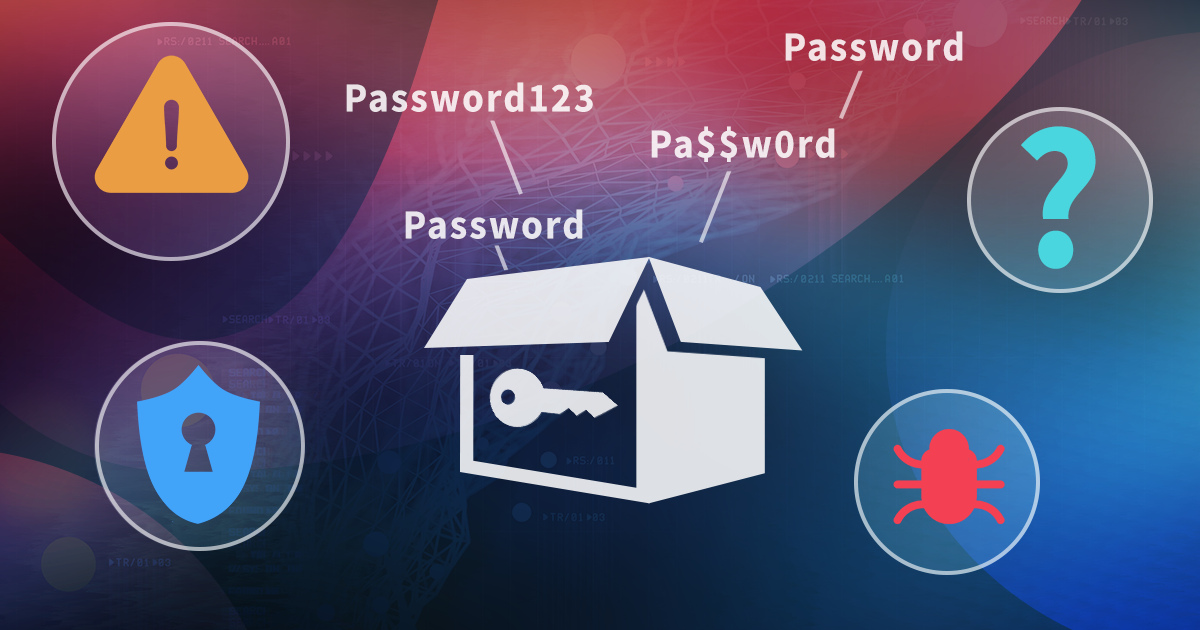ASUSTOR advertises secure AES encryption with a 256-bit key. According to the manufacturer, AES-256 encryption is made available through the entire range of its current NAS devices. Unlike other manufacturers, ASUSTOR is very upfront regarding the type of encryption employed by its NAS devices: “ASUSTOR NAS offers folder based military grade AES 256-bit encryption”. As a result, we’re once again dealing with folder-based encryption running on top of the open-source encrypting file system eCryptfs. We’ve already seen eCryptfs-based encryption in attached storage devices made by Synology and TerraMaster. Does ASUSTOR have any surprises, or will its implementation of folder-based encryption suffer from the many restrictions and limitations? Let’s find out.
Modern wireless networks are securely protected with WPA/WPA2. The most frequently used method of securing access to a wireless network is pre-shared passphrase, or, simply put, a text password. The WPA standard enforces the minimum length of 8 characters for all Wi-Fi passwords. Considering the relatively low performance of WPA/WPA2 password attacks, brute force attacks are rarely effective even when performed with a network of GPU-accelerated computers. In this article, I will show how to attack wireless passwords for the purpose of security audit.
In our recent article iPhone Acquisition Without a Jailbreak I mentioned that agent-based extraction requires the use of an Apple ID that has been registered in Apple’s Developer Program. Participation is not free and comes with a number of limitations. Why do you need to become a “developer”, what are the limitations, and is there a workaround? Read along to find out.
Elcomsoft iOS Forensic Toolkit can perform full file system acquisition and decrypt the keychain from non-jailbroken iPhone and iPad devices. The caveat: the device must be running iOS 11 or 12 (except iOS 12.3, 12.3.1 and 12.4.1), and you must use an Apple ID registered in Apple’s Developer Program. In this article, I’ll explain the pros and contras of the new extraction method compared to traditional acquisition based on the jailbreak.
We have updated Elcomsoft Cloud Explorer, our Google Account extraction tool, with Google Fit support. Google Fit is a relatively little known Google service aimed at tracking the user’s health and physical activities. In line with pretty much every other Google service, Google Fit synchronizes massive amounts of data with the user’s Google Account, storing activity-related information collected by all of the user’s devices in a single place. When extracting these data, we discovered massive amounts of location points stored alongside with information related to the user’s physical activities. Learn what is stored in Google Fit and how to extract it from the cloud!
How can you make your system and documents secure? Today, 256-bit AES encryption is offered by everyone and their dog. However, AES encryption does not mean much (or anything at all) when it comes to the real security of your data. Implementing encryption at the right time and in the right spot is no less important than choosing strong encryption credentials and managing the encryption keys.

If you are a Windows user and ever considered protecting your data with full-disk encryption, you have probably heard about BitLocker. BitLocker is Microsoft’s implementation of full-disk encryption that is built into many versions of Windows. You maybe even using BitLocker without realizing that you do – for example, if you have a Surface or a similar thin-and-light Windows device. At the same time, BitLocker encryption is not available by default on desktops if you are using the Home edition of Windows 10. Activating BitLocker on your system disk can be tricky and may not work right away even if your Windows edition supports it. In this article, we are offering an introduction to BitLocker encryption. We’ll detail the types of threats BitLocker can effectively protect your data against, and the type of threats against which BitLocker is useless. Finally, we’ll describe how to activate BitLocker on systems that don’t meet Microsoft’s hardware requirements, and evaluate whether it’s worth it or not security-wise.

Today’s smartphones collect overwhelming amounts of data about the user’s daily activities. Smartphones track users’ location and record the number of steps they walked, save pictures and videos they take and every message they send or receive. Users trust smartphones with their passwords and login credentials to social networks, e-commerce and other Web sites. It is hard to imagine one’s daily life without calendars and reminders, notes and browser favorites and many other bits and pieces of information we entrust our smartphones. All of those bits and pieces, and much more, are collected from the iPhone and stored in the cloud. While Apple claims secure encryption for all of the cloud data, the company readily provides some information to the law enforcement when presented with a legal request – but refuses to give away some of the most important bits of data. In this article we’ll cover the types of data that Apple does and does not deliver when served with a government request or while processing the user’s privacy request.
What is DFU, and how is it different from the recovery mode? How do you switch the device to recovery, DFU or SOS mode, what can you do while in these modes and what do they mean in the context of digital forensics? Can you use DFU to jailbreak the device and perform the extraction if you don’t know the passcode? Read along to find out.
TerraMaster is a relatively new company specializing in network attached storage and direct attached storage solutions. The majority of TerraMaster NAS solutions are ARM64 and Intel-based boxes aimed at the home and SOHO users. TerraMaster’s OS (TOS) is based on Linux. At this time, TOS 4.1 is the current version of the OS.


